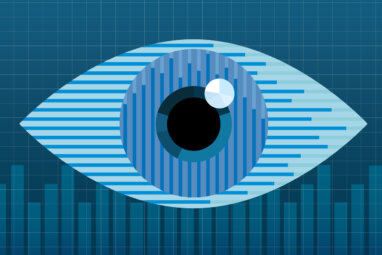Discounting Do’s and Don’ts
Recent evidence shows that some discounts and sales can be detrimental.
Topics
Marketers cannot avoid discounted sales, and consumers have come to expect them. The average shopping mall, grocery store or online shop is littered with discounted products: Tide detergent is 10% off; books are sold with free shipping; Nike sneakers are buy-one, get-one-free. Discounting is a common marketing technique that effectively drives purchase behavior. Marketers often choose to forgo some revenues in favor of increasing overall sales. Most companies provide product discounts to effect purchase decisions, but some discounting and sales practices can have a negative effect.
How should a discount be presented to consumers? Discounts are usually driven by sales events. Marketers pay particularly close attention to the amount discounted, time period, placement, packaging and promotion of the sale. This creates a promotional package that allows a marketer to build a sales event.
Underlying any discount is the pricing decision. How a product is priced is determined by a number of factors, such as cost, value and elasticity. How that price should be presented and represented to consumers is less understood. There are endless ways to present prices, and this decision will ultimately affect how a price appeals to consumers.
Researchers describe changes in purchase behavior when the same information is presented differently as “framing effects.” For example, most people believe that government spending of $1.5 billion is larger than spending $8.50 per U.S. household, yet the total amount is roughly the same. When the president wants to demonstrate a large amount of spending (say, for education), he references the total amount; when he wants to discount spending (for example, when discussing a budget overrun), he notes the dollars spent per person. Transparent, yet effective.
Psychologists have broadly demonstrated that framing effects can cause highly intelligent people to make poor decisions. Framing effects create biases and errors across all areas of decision making. Doctors have made critical errors in medical diagnoses, shareholders have demonstrated irrational behavior in the stock market, and judges have sent innocent people to jail.
Framing effects have had a profound effect on consumer choice and purchase behavior. At United Online Inc., we priced our NetZero Internet access at $9.95 per month because we found that the price point performed significantly better than more even increments, such as $9.00 or $10.00. On a more granular level, research has shown that some products perform best at $.99 versus a $.95 price point.




